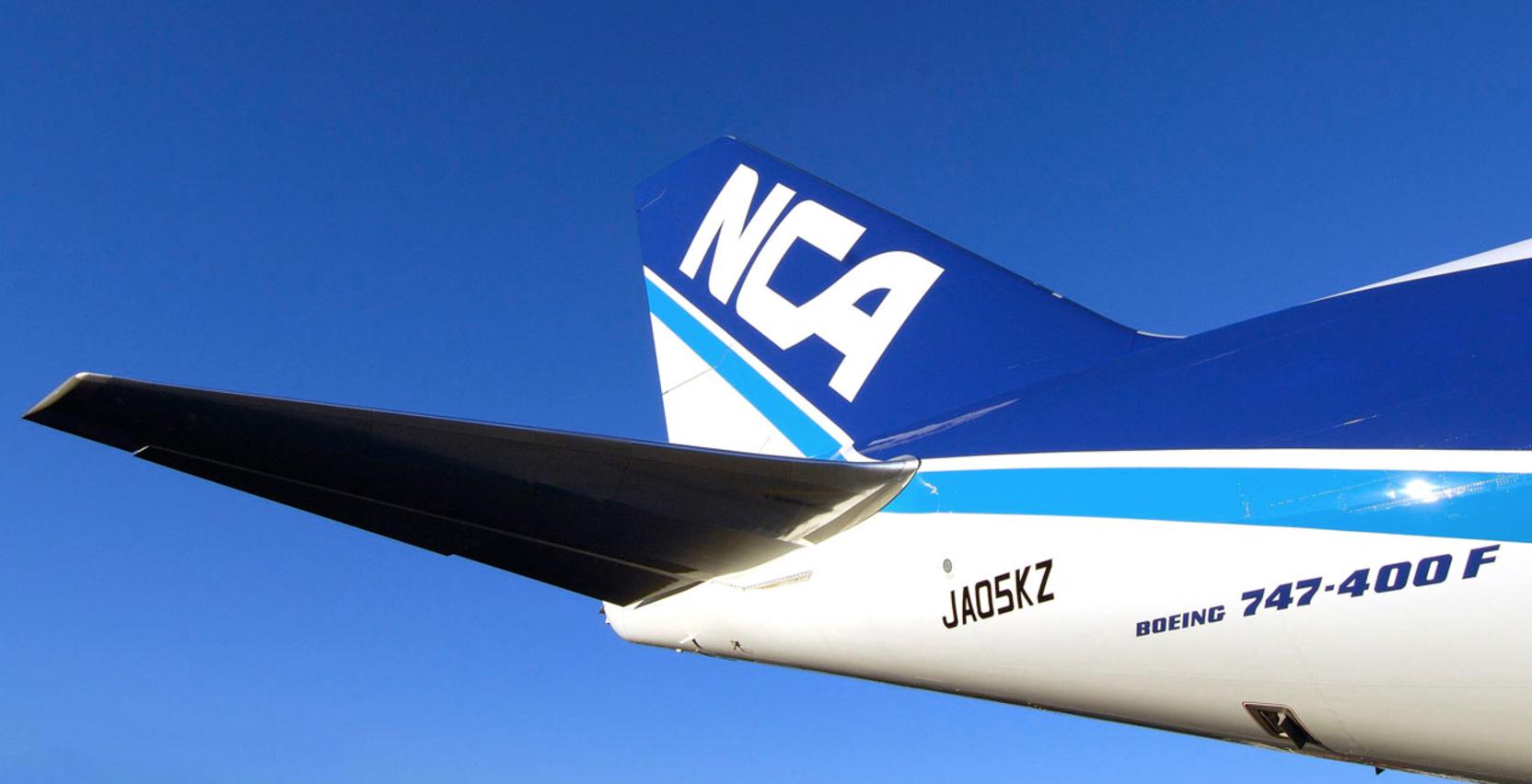In August, Nippon Cargo Airlines decided to ramp up its trans-Pacific schedule for the peak season. The Japanese all-cargo carrier added two weekly frequencies to Chicago for a total of 16 flights a week there, and one additional rotation on the Los Angeles route brought its tally there to nine weekly services.
Shawn McWhorter, president of NCA Americas, noted that the airline had seen enough steady demand from its clientele to justify the increased capacity. Demand was better than in previous years, he added.

Traffic may be up, but nobody is lining up freighters for charter flights during the peak. The traditional peak season pattern of forwarders booking charter capacity months in advance in anticipation of bottlenecks – on top of beefing up their block space agreements out of Asia – is a distant memory now, a ghost of an era when airlines would generate the bulk of their revenue during the final quarter of the year.
“The peak isn’t the kind of peak that we had in the past,” confirmed Rahul Pathak, head of China for Air France-KLM Cargo.
“There is not a lot of charter demand,” observed Robert van de Weg, senior vice-president, cargo sales and marketing at AirBridgeCargo Airlines. The increase in volume can be absorbed by the existing capacity, plus some extra rotations, he added.
“There is no problem with space, no need for charters or extra block space agreements,” agreed Jerry Levy, director of marketing at forwarder OIA Global.
“I think the word ‘peak’ should almost be removed,” said Lise-Marie Turpin, vice-president of cargo at Air Canada. She reckons that shippers have improved their planning capabilities dramatically, which has smoothed out the demand curve and reduced the volatility in the run-up to the fourth quarter.
Lutz Grzegorz, vice-president of Pudong Air Cargo Terminal Ltd, the largest private handler at Shanghai Pudong, has not lined up additional staff to cope with a surge in volume. “The classic peak has flattened more and more,” he said.
Turpin is not gloomy about the last three months of this year, though. Business has picked up in recent months and looks set to continue on this trajectory, she said.
“I think the fourth quarter will be a good quarter. The demand is there,” she said.
Pathak is also upbeat, although he does not see large product launches in the pipeline that would create a surge in traffic. “I don’t believe that there will be much cargo that would require additional charters, but we will get six to nine weeks of higher volumes. I expect a minimum of seven weeks (of robust demand),” he said.
Like Turpin, Pathak takes encouragement from a firming of volume in recent weeks, which even lasted through the period of public holidays referred to as Golden Week, he noted.
One recent projection on traffic development in the near future envisages a 6% rise in Asian exports to the US. The US National Retail Federation has forecast US$655.8 billion in holiday sales this year, which would be up 3.6% from the tally in 2015.
Some of the incumbent carriers are also encouraged by a reduction in maindeck lift out of Asia. “There will be a little bit less freighter capacity,” remarked Turpin, with reference to maindeck capacity reductions this year.
McWhorter agreed, pointing to Lufthansa, Cathay Pacific and All Nippon Airways, which have all taken out freighters. “Some combination carriers have cut freighter capacity and concentrate on filling their bellies,” he said.
A sudden rush in traffic could conceivably bring some of this parked capacity back into action, but for the most part, those widebody freighters are gone for good. Moreover, the temptation for their owners is tempered by the returns on operating freighters these days.
“We would need a 20-30% rise in yield for charters to become economically justified,” said van de Weg. Nobody is predicting such a development at this moment.
By Ian Putzger
Air Freight Correspondent | Toronto



